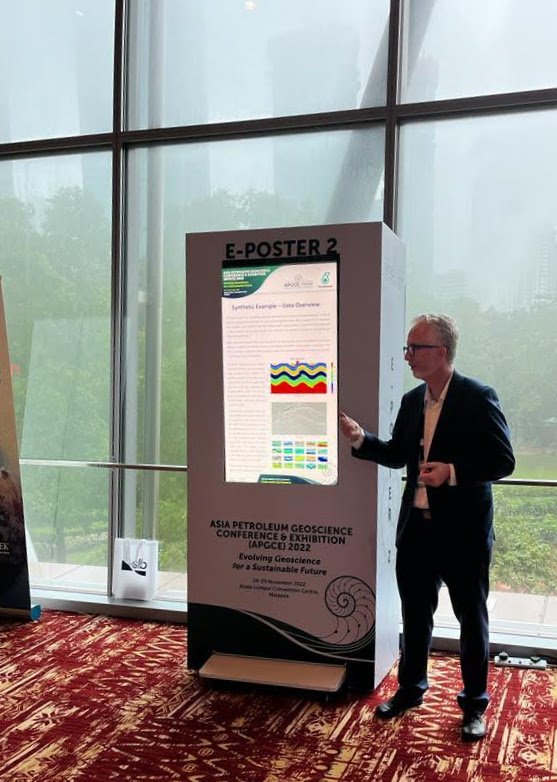More entries in
MacArthur, T., Vestrum, R.W., and Cameron, G.H., 2022, Correcting for Near-Surface Velocity Variation in Seismic Depth Imaging Using Model Moveout (MMO), AAPG ICE 2022, Cartagena, Colombia
In complex-structure environments like the Andes mountains and foothills, outcropping rocks generate a significant velocity variation in the near surface. In time processing, we intend to correct for these near–surface fluctuations with weathering statics corrections, however, this solution assumes vertical raypaths through the weathering layer, and this assumption is violated when we have high-velocity rocks outcropping at the surface. With depth imaging, we have an opportunity to include the weathering velocities in the PSDM velocity model and raytrace through the weathering layers to get a more accurate correction for near–surface velocity variation.
But then, what do we do with the weathering correction we calculated in the time processing? The weathering velocities from the refraction tomography are now in the PSDM velocity model, but the reflection statics calculated in the time processing are coupled to the refraction statics and time-processing velocities. These statics are therefore decoupled from the PSDM velocity model. Calculating new reflection statics using the PSDM velocity model resolves this issue. We propose a method where we discard all weathering statics from the time processing and perform all near–surface velocity corrections in the depth domain—including reflection statics.
We applied this workflow to a seismic dataset from the foothills of the Colombian Andes, which shows significant imaging improvements below the mountainous areas of the seismic survey.




